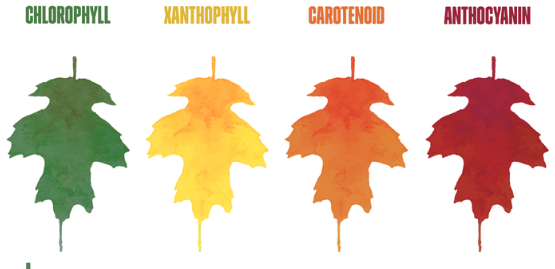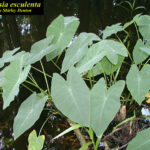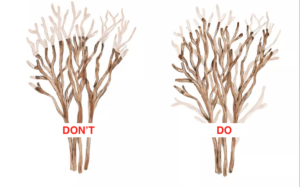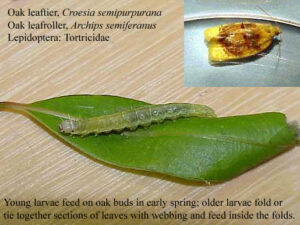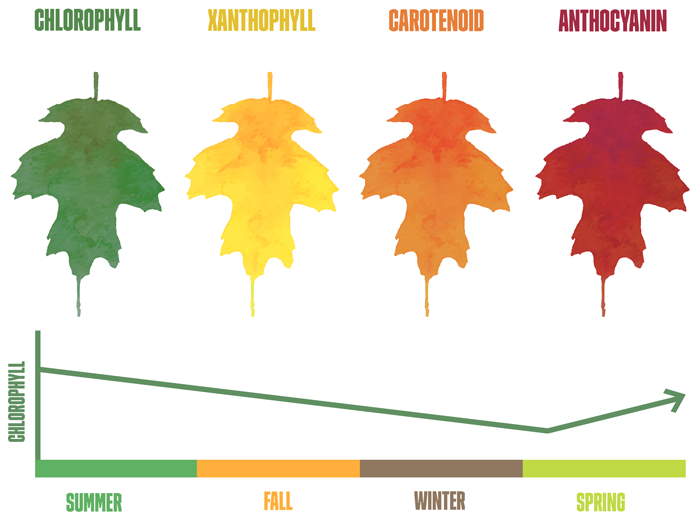 Changing Leaf Colors: Unveiling Nature’s Art
Changing Leaf Colors: Unveiling Nature’s Art
Have you ever noticed how the leaves on trees change colors throughout the year? It’s a fascinating process rooted in science and nature. Let’s explore the reasons behind changing leaf colors and discover the colorful pigments that paint the canvas of fall foliage.
The Role of Chlorophyll
To understand why leaves change color, let’s start with the star of the show: chlorophyll. This pigment is responsible for the vibrant green hue of leaves. Chlorophyll plays a crucial role in photosynthesis, the process by which trees convert sunlight, carbon dioxide, and water into energy-rich sugars and oxygen. During the growing season, chlorophyll production is in full swing, giving leaves their characteristic green color. As daylight hours decrease and temperatures cool, trees prepare for winter rest, affecting chlorophyll production.
Unveiling the Color Palette: Pigments in Leaves
Leaves hold a palette of pigments that create their captivating colors, beyond the familiar green. These pigments remain hidden behind the dominant chlorophyll during the growing season, only emerging as chlorophyll production wanes in preparation for dormancy.
Carotenoids: These pigments contribute to the cheerful yellows and oranges that adorn fall leaves. Present year-round, carotenoids are typically masked by chlorophyll’s green brilliance. As chlorophyll fades with seasonal changes, carotenoids take the stage, revealing the golden and orange hues.
Anthocyanins: For the reds, purples, and blues that grace leaves, we can thank anthocyanins. Unlike carotenoids, these pigments aren’t always present in leaves. They are triggered by specific environmental conditions like cooler temperatures, shifting soil nutrients, and bright sunlight. While their precise role is still a scientific debate, they may act as a natural sunscreen and help reduce water loss.
Tannins: Responsible for the earthy browns, tannins emerge as chlorophyll retreats. These pigments prevent infections by interacting with enzymes and protein exudates from bacteria and fungi.
A Symphony of Change
The timing of leaf color change is influenced by various factors – tree type, weather, and location. Leaves respond to shifts in environmental cues, such as cooling temperatures, diminishing daylight, and soil adjustments. As the air turns cooler, the abscission layer at the base of the leaf stem gradually closes off, restricting nutrient and water flow into the leaf. Simultaneously, chlorophyll breaks down, revealing the spectrum of other pigments and ushering in the breathtaking array of colors. Sunny days during dry weather intensify these hues, enhancing the production of anthocyanin. If the environment hasn’t changed and you are concerned about the changing colors of your leaves, you can always reach out to your local Tree Care Professionals or an ISA Certified Arborist.
Nature’s Annual Transformation
The next time you’re captivated by the enchanting dance of autumn leaves, you can appreciate the science behind this phenomenon. Trees, guided by their internal rhythms and external cues, embark on their yearly metamorphosis, showcasing a breathtaking symphony of colors in preparation for their winter slumber.

